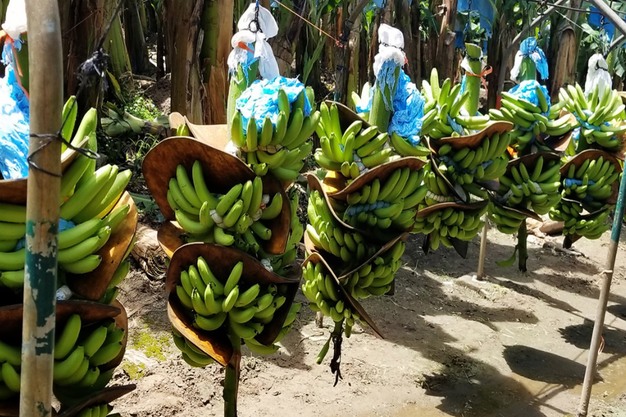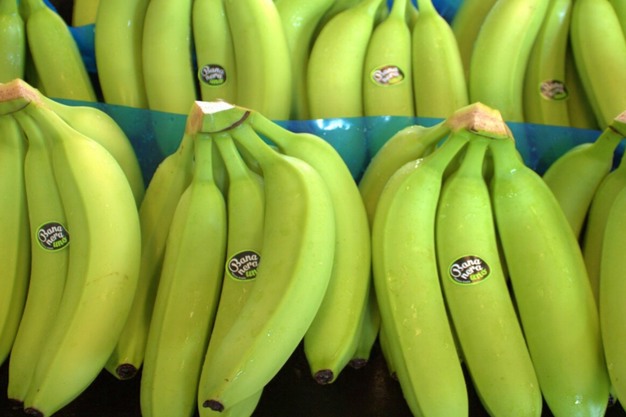It's been a strange start to 2024 for bananas. "Globally, at least in the Americas, there's less supply of bananas overall," says Andy Thomas-Stivalet of Kavidac Produce, adding that it's a combination of a few factors.

The first one is the effects of the weather. "While there was the switch to an El Niño year from our previous weather patterns that we've had for a long time, the plants were used to those weather patterns," he says.
There's also less volume in general with bananas given the state of the economy--inflationary prices have forced some growers to stop growing fruit or sell off their operations or switch to planting other crops. Add to that the current instability in key banana-growing countries such as Ecuador is also bringing down supplies. "People can get their shipments out of Ecuador but there's a backlog of shipments," says Thomas-Stivalet, noting that suppliers may be trying to work with other growing regions in the meantime, although it's unknown if this is a temporary or permanent shift.
Pricing and inflation
What's unusual though is that with less volume, pricing hasn't been affected. "Pricing is lower than what is expected," adds Thomas-Stivalet. "On the production side, the prices of things haven't increased as much as they have in previous years. What has adjusted though are the labor costs. We've had this inflation for two to three years and people have started to adjust the minimum wage in a lot of countries." Overall that means the price of production continues to increase.

Yet, the pricing of bananas is staying steady. "It doesn't seem like the market wants to pull as much as we would have expected," he says. "However it's also the beginning of the year and it's also the time when prices go up because it's the lowest point of production. Prices have gone up but not by as much as it was expected."
With that slightly softer demand compared to last year at this time, Thomas-Stivalet says that if prices don't rise by February, they likely won't rise this year.
It's also unclear as to how production will develop shortly. "This weather pattern that's affecting the bananas at the end of last year and going into this year means production is down by as much 20-25 percent in most areas," he says. "However that production might come at an unexpected time. We might get more production in February or maybe around Easter for example. The window might shift. Or it might not."
 For more information:
For more information:
Andy Thomas-Stivalet
Kavidac Produce
Tel: (+52) 962-625-3303
[email protected]
https://www.kavidac.com/










